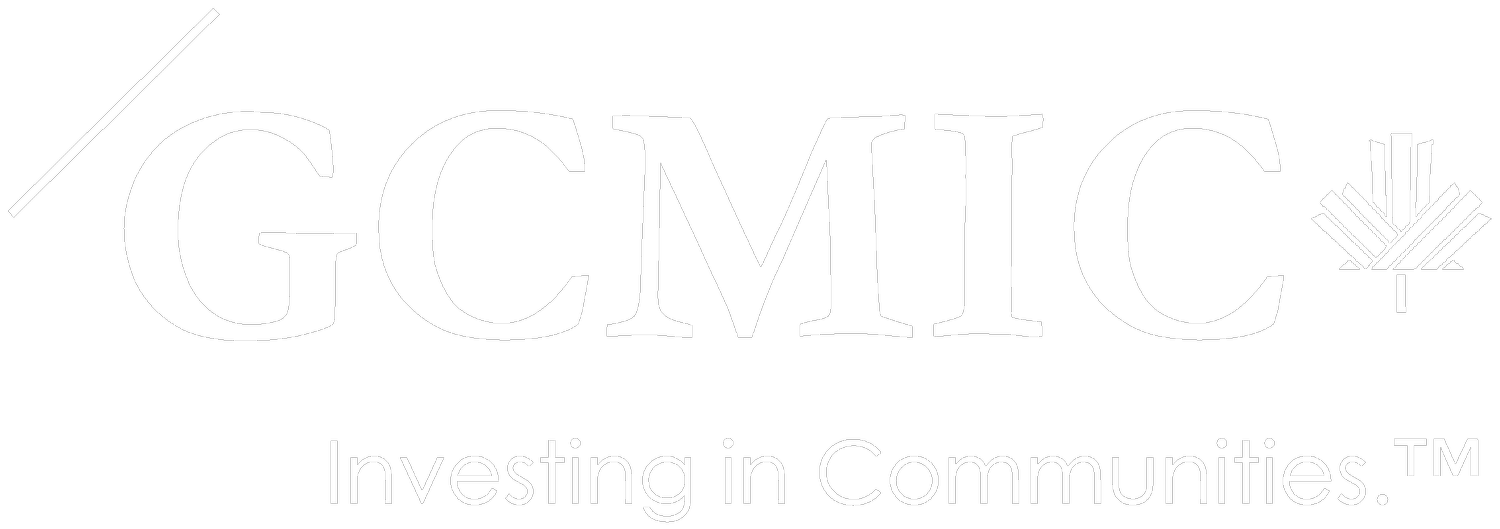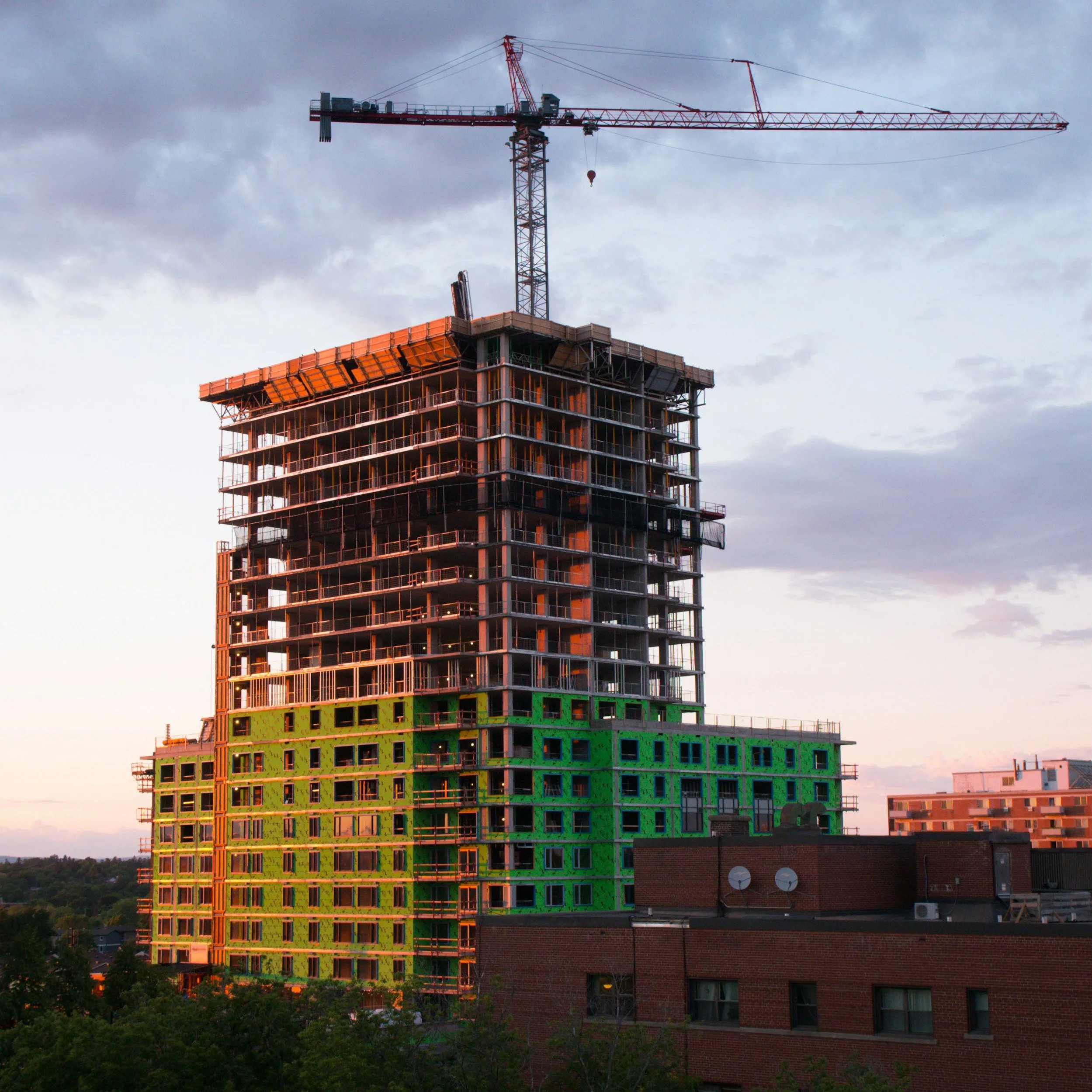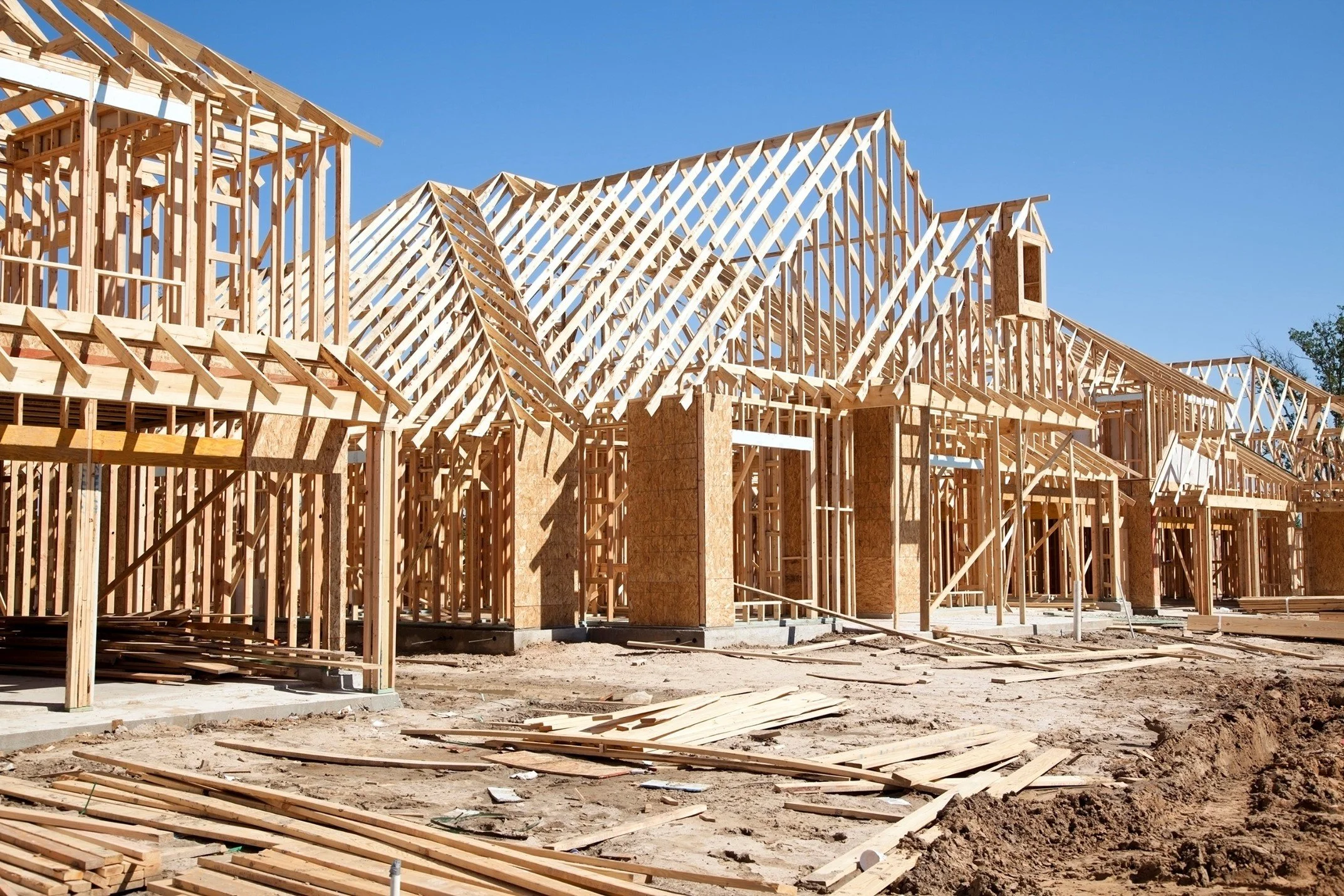
Securing Construction Loans - Essential Ideas
3 minute read
Construction loans provide a valuable financing option for building new properties, but they come with unique challenges. Whether you’re a mortgage broker advising clients or a borrower pursuing a construction project, understanding the specifics of construction loans is essential for a smooth financing process.
How Construction Loans Differ from Traditional Mortgages
Construction loans are short-term, high-interest loans used to cover building costs, with funds released in stages, known as “draws,” based on project milestones. Unlike traditional mortgages that finance existing properties, construction loans often convert to permanent financing once construction is complete. Understanding this process ensures borrowers are prepared for detailed planning and documentation.
Higher Down Payment Requirements
Construction loans typically require down payments of 20% or more (unless there are strong pre-sales or pre-leases) due to the higher risk associated with unfinished projects. Setting clear expectations helps ensure borrowers have adequate funds available, and a larger down payment may improve loan terms.
Evaluating Financial Strength
Borrowers need a strong financial profile, including good credit, a low debt-to-income ratio, and substantial cash reserves. Improving creditworthiness before applying can increase the likelihood of securing favorable terms.
Types of Construction Loans
Different construction loans serve various needs:
Construction-to-Permanent Loans: Convert to a permanent mortgage once construction is complete, with a single closing process.
Stand-Alone Construction Loans: Cover building costs but require separate financing upon completion, involving two closings.
Owner-Builder Loans: For those serving as their own contractors.
Exploring the right loan type for each client’s situation is crucial.
Ensuring a Detailed Construction Plan
A comprehensive plan is required, including blueprints, permits, schedules, and a budget. This preparation boosts approval chances and helps avoid delays during construction.
Choosing Reputable Contractors
Partnering with experienced contractors is vital. GCMIC may check the contractor’s credentials and previous work. Reliable professionals can expedite the loan approval process.
Managing Draw Schedules and Inspections
Funds are disbursed in phases, with inspections confirming completed work at each stage. Awareness of inspection requirements helps prevent delays and keeps projects on track.
Interest Rates and Loan Terms
Construction loans often have higher interest rates and variable terms, with interest-only payments during the build. Preparing for the shift to standard payments after construction ensures a smooth transition.
Contingency Planning for Budget Overruns
Unexpected expenses can arise. A contingency reserve of 5% to 10% of the budget helps cover unplanned costs, minimizing financial stress.
Post-Construction Transition
For construction-to-permanent loans, the transition to a standard mortgage happens automatically. With stand-alone loans, clients need to secure new financing to pay off the construction loan. Planning for this shift before project completion ensures a smooth process.
By understanding construction loans, mortgage brokers and borrowers can successfully navigate these challenges and achieve their financing goals.







